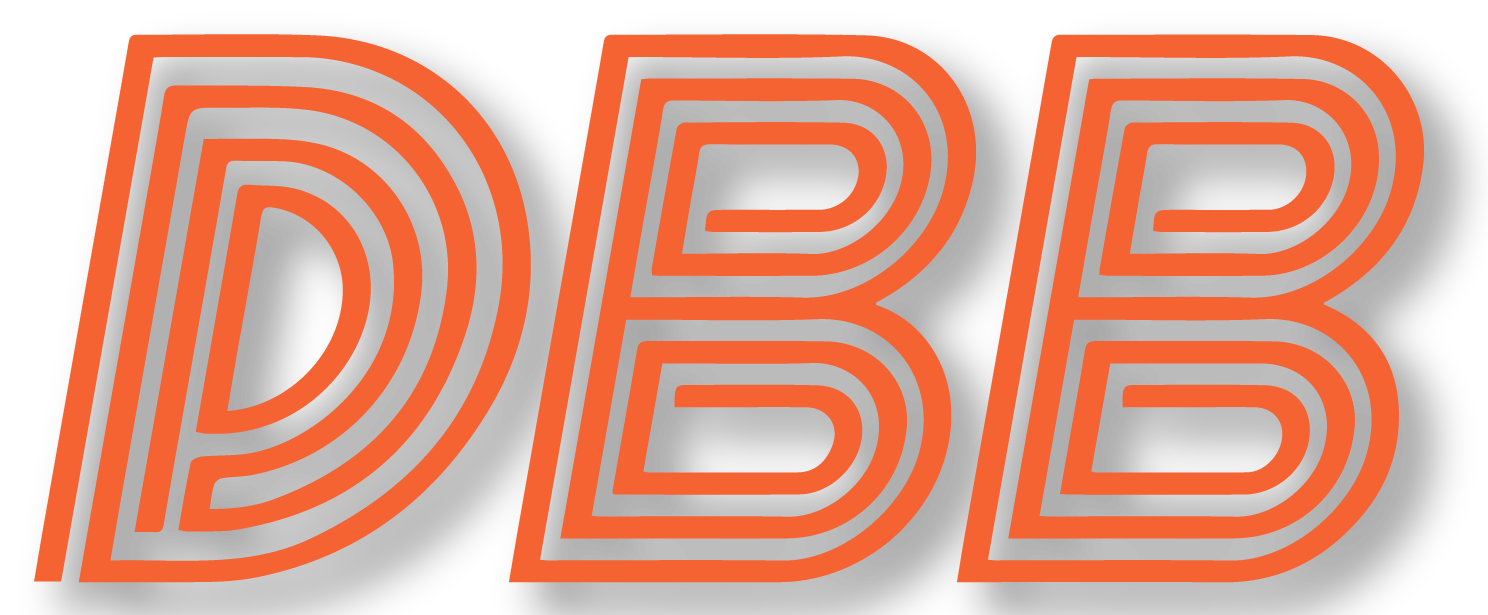I made it out to Bears training camp for their first open practice today, so I wanted to share a few observations. This was the 2nd day of camp and there were no pads, so I’m not going to focus too much on specific plays. I’m more interested in what the depth chart roughly looks like now and what guys look like they do or don’t belong, athletically speaking.
Offense
- Let’s start with Mitch Trubisky, who looked really good today. He was very sharp mentally, making quick, decisive reads consistently in full team drills. His passes were consistently on target (not just catchable, but right on the money) for everything 20 yards and in, and even the long balls were pretty solid for the most part. When I went to camp last year, I commented that he was thinking instead of playing, but today he was in control and could just go out and play. I was most impressed with how fast he got the ball out, often throwing it right as the target was making his break. He was clearly the best quarterback on the practice field (which he should be), but that was not the case when I was there last August.
- Depth chart stuff: it’s default for veterans to start ahead of rookies early in training camp, so I found it noteworthy that a few offensive rookies were already fairly high on the depth chart. David Montgomery and Mike Davis seemed to be splitting reps at RB, and undrafted rookies Sam Mustipher (C) and Alex Bars (LG) were both on the 2nd string offensive line. They both have familiarity with OL coach Harry Hiestand from their time at Notre Dame, and it appears one or both have a decent shot at making the roster if they can have a good camp/preseason.
- I paid close attention to the TEs, where I was very curious to see how Bradley Sowell looked. I was pleasantly surprised in that he didn’t actually seem out of place, which is impressive considering he’s switching from OL to TE this year. He has clearly slimmed down and didn’t look oversized, and was fairly fluid running basic short routes. I’m not saying he’s going to be stealing targets from Trey Burton or anything like that, but he looked more like a TE and less like an OL trying to play TE than I expected, which is a good start to being capable depth behind Adam Shaheen (who himself looked slimmed down) as the in-line TE.
- Speaking of TEs, Dax Raymond was the undrafted rookie getting all the hype from fans this offseason, but right now he seems to be clearly behind fellow undrafted rookie Ian Bunting. Bunting took a bunch of reps with the 1st string offense in late 2 minute drills, and Raymond got none.
- Hyped rookie WRs Riley Ridley and Emanuel Hall didn’t practice, so unfortunately I can’t say anything about where they seemed to be in the WR pecking order. It would have been kind of hard to figure out, though, because WRs, RBs, and TEs rotated through with the 1s and 2s a whole bunch.
- The 2 guys who got the ball the most in full-team work, by far, were Allen Robinson and Tarik Cohen. I would guess they are going to be the main weapons this year.









